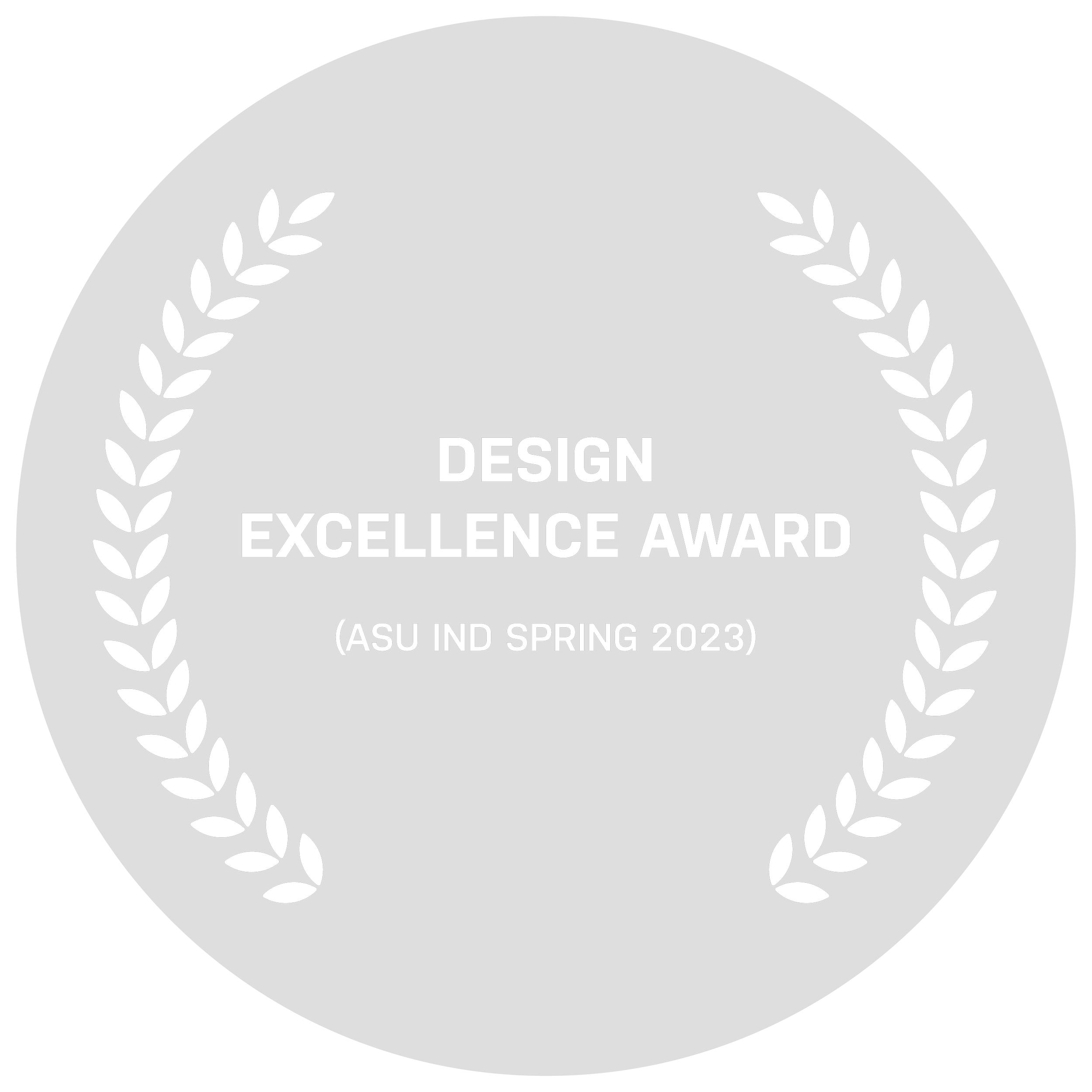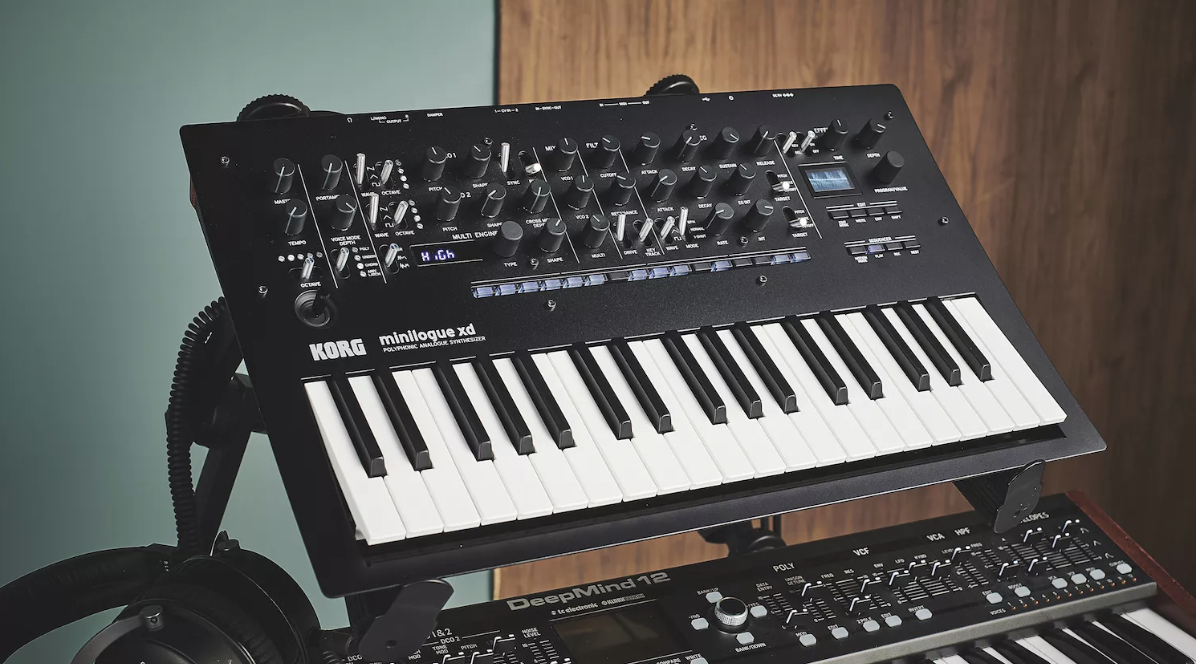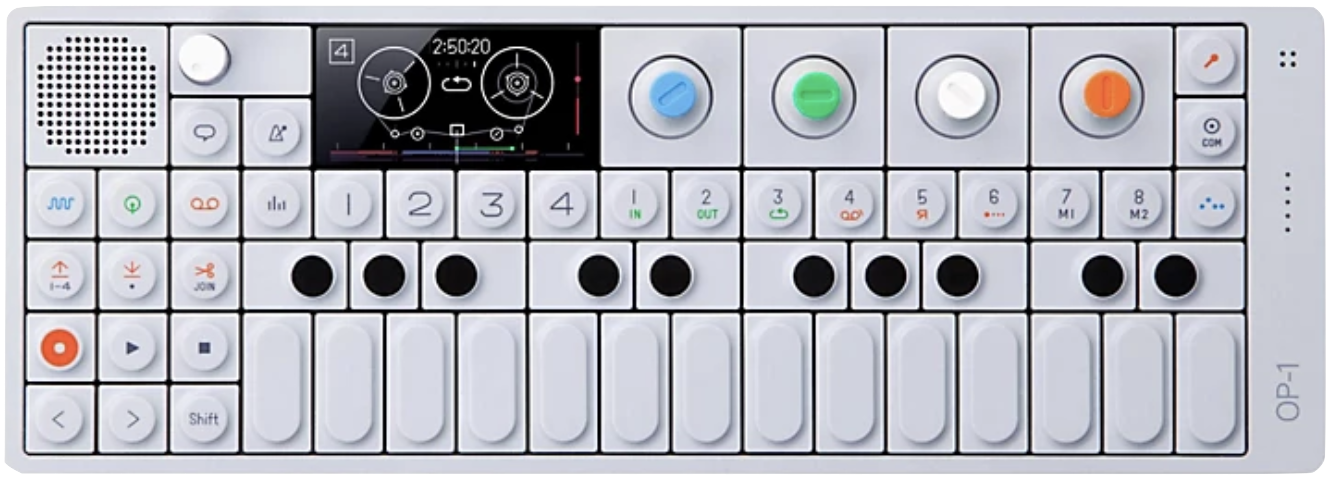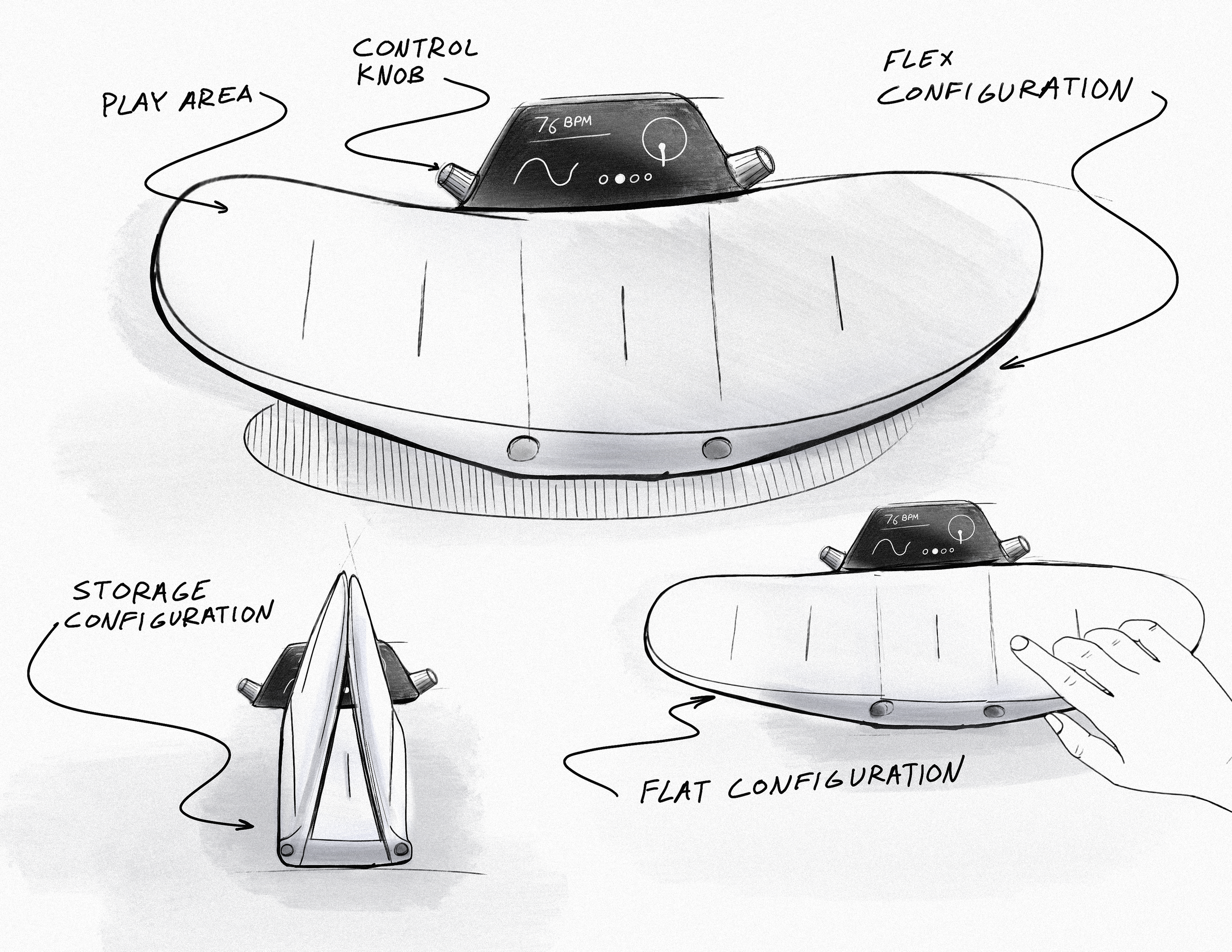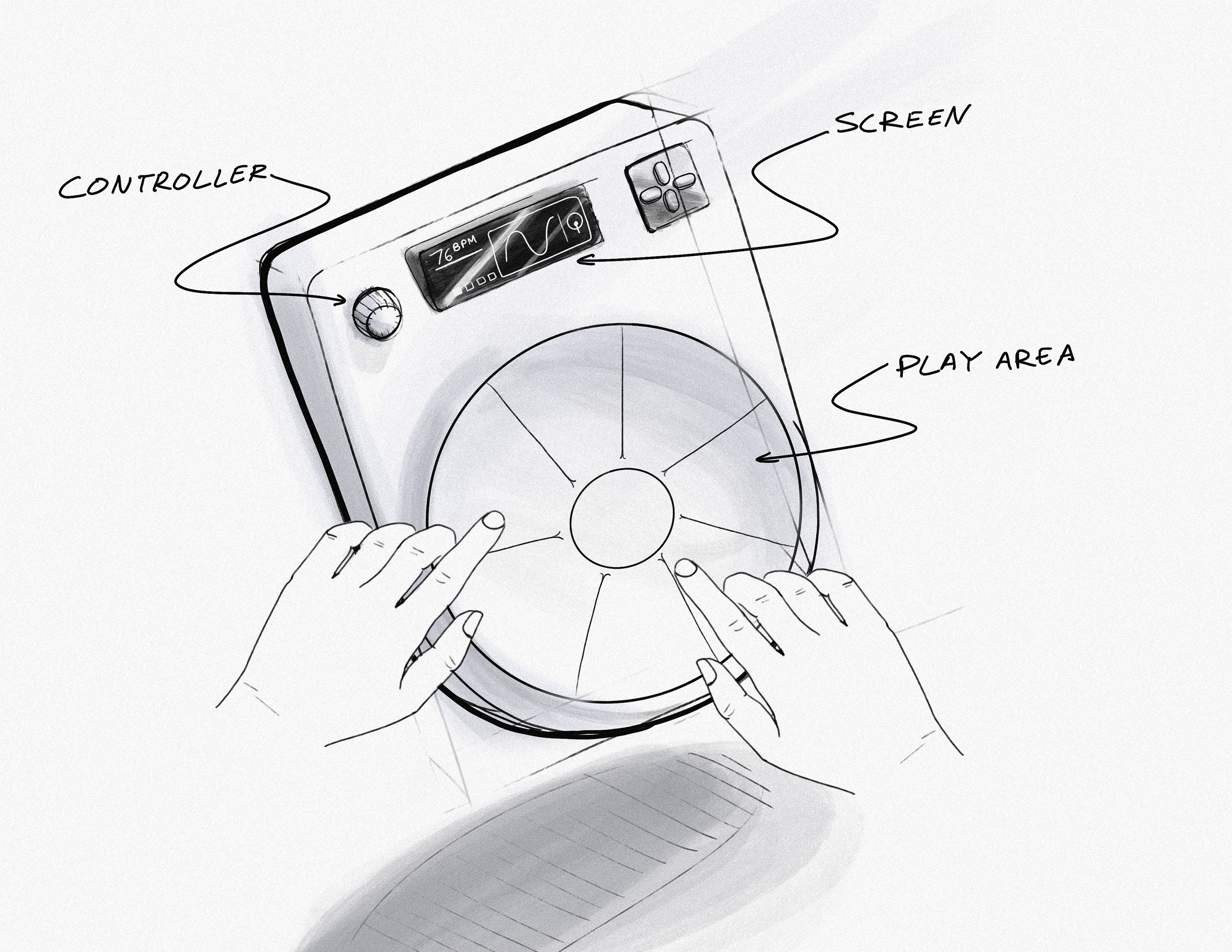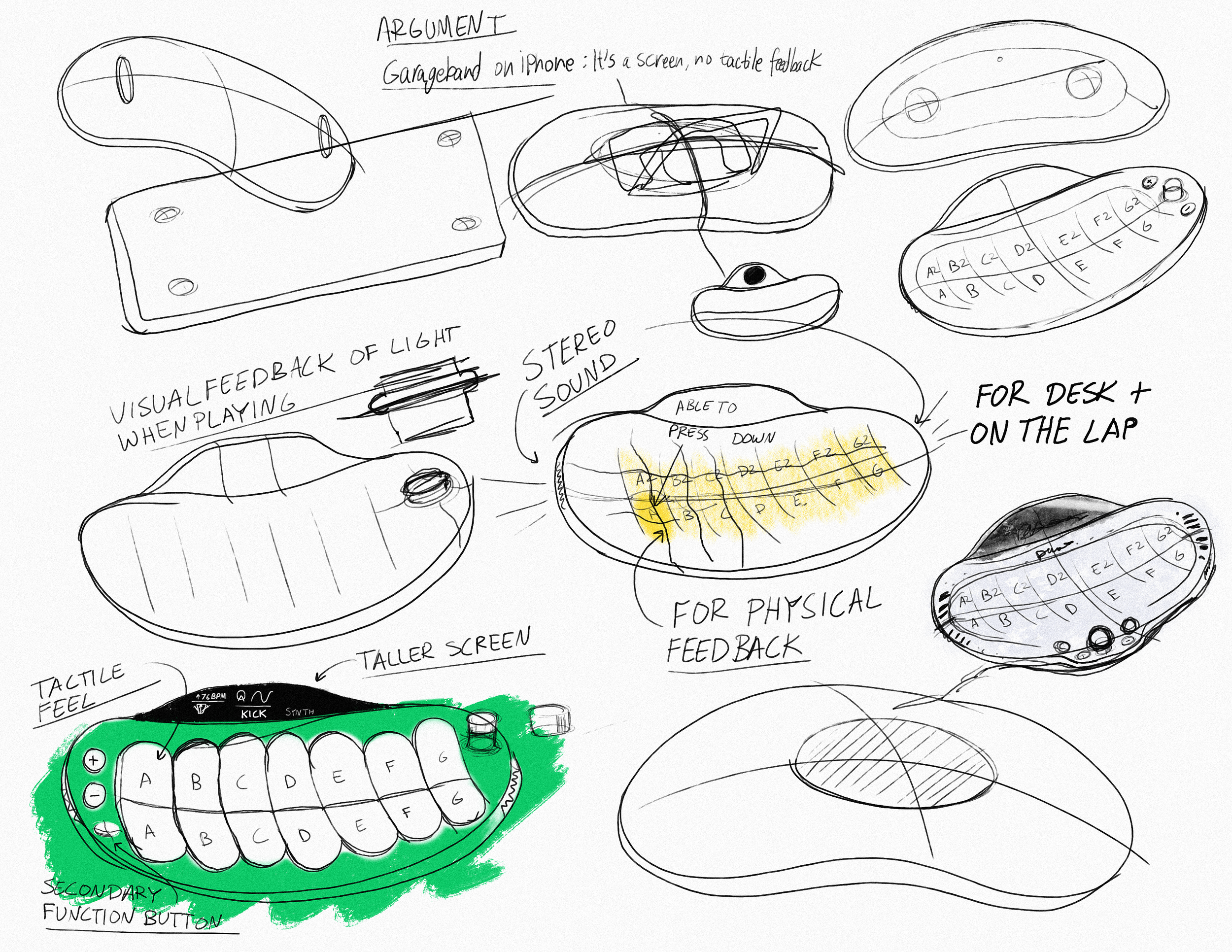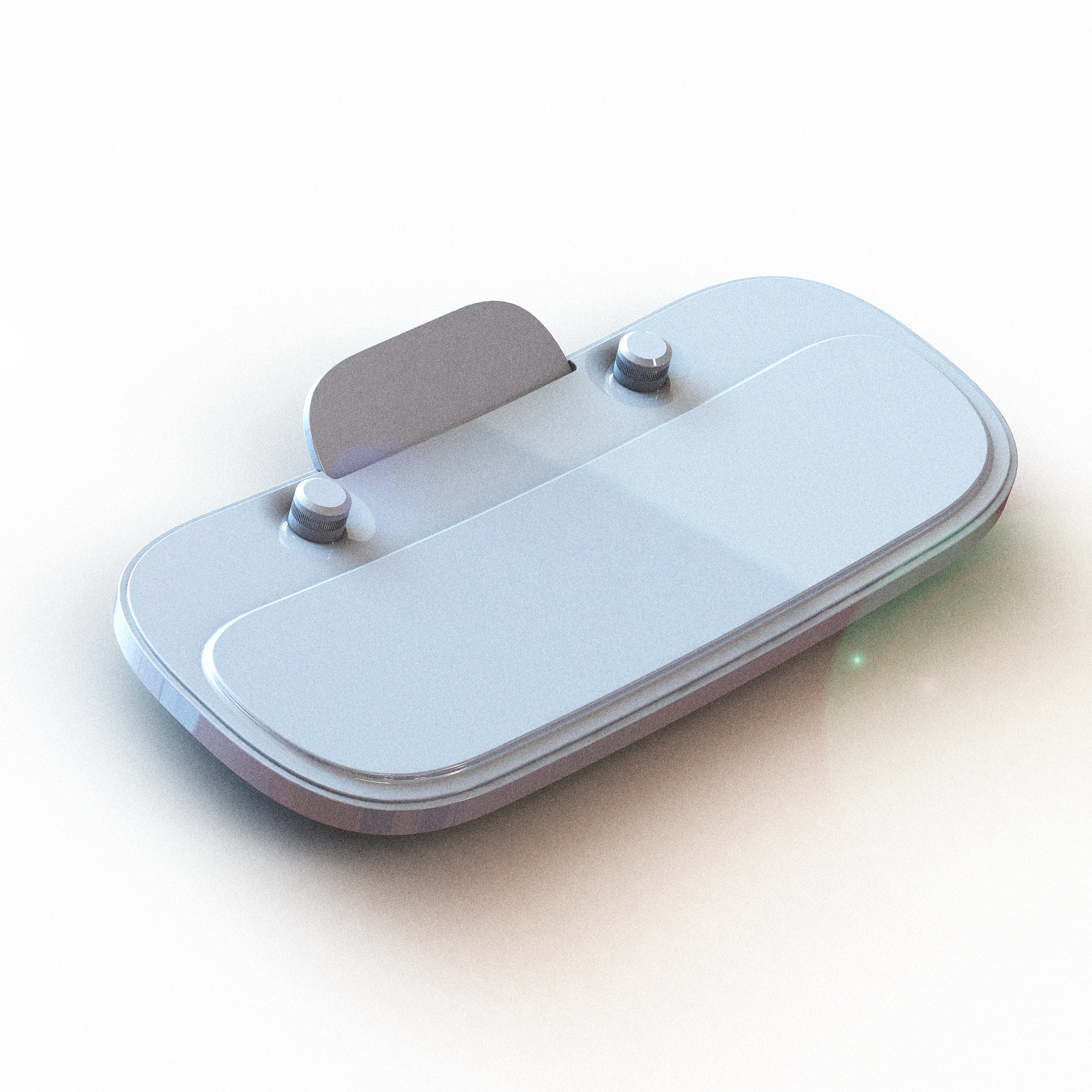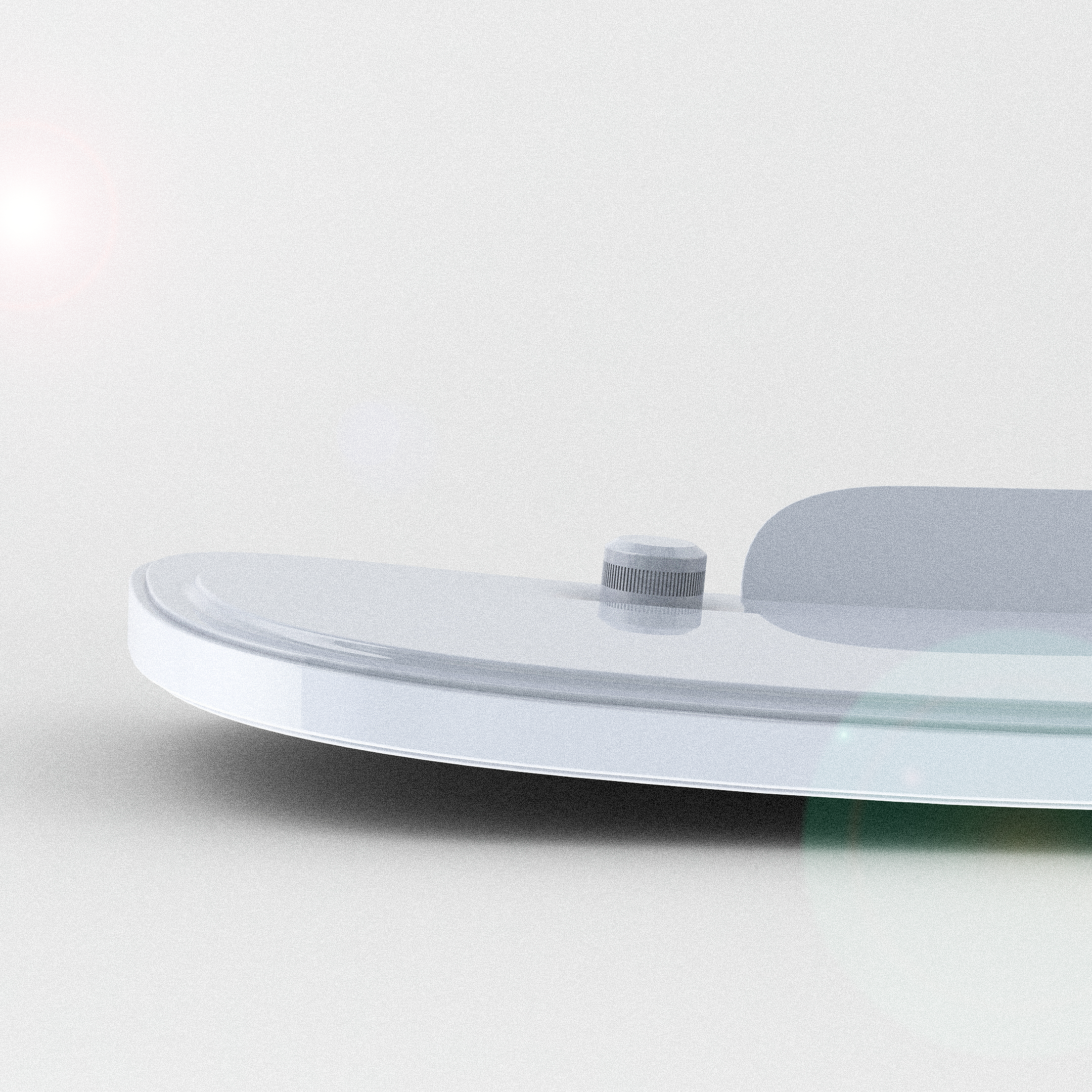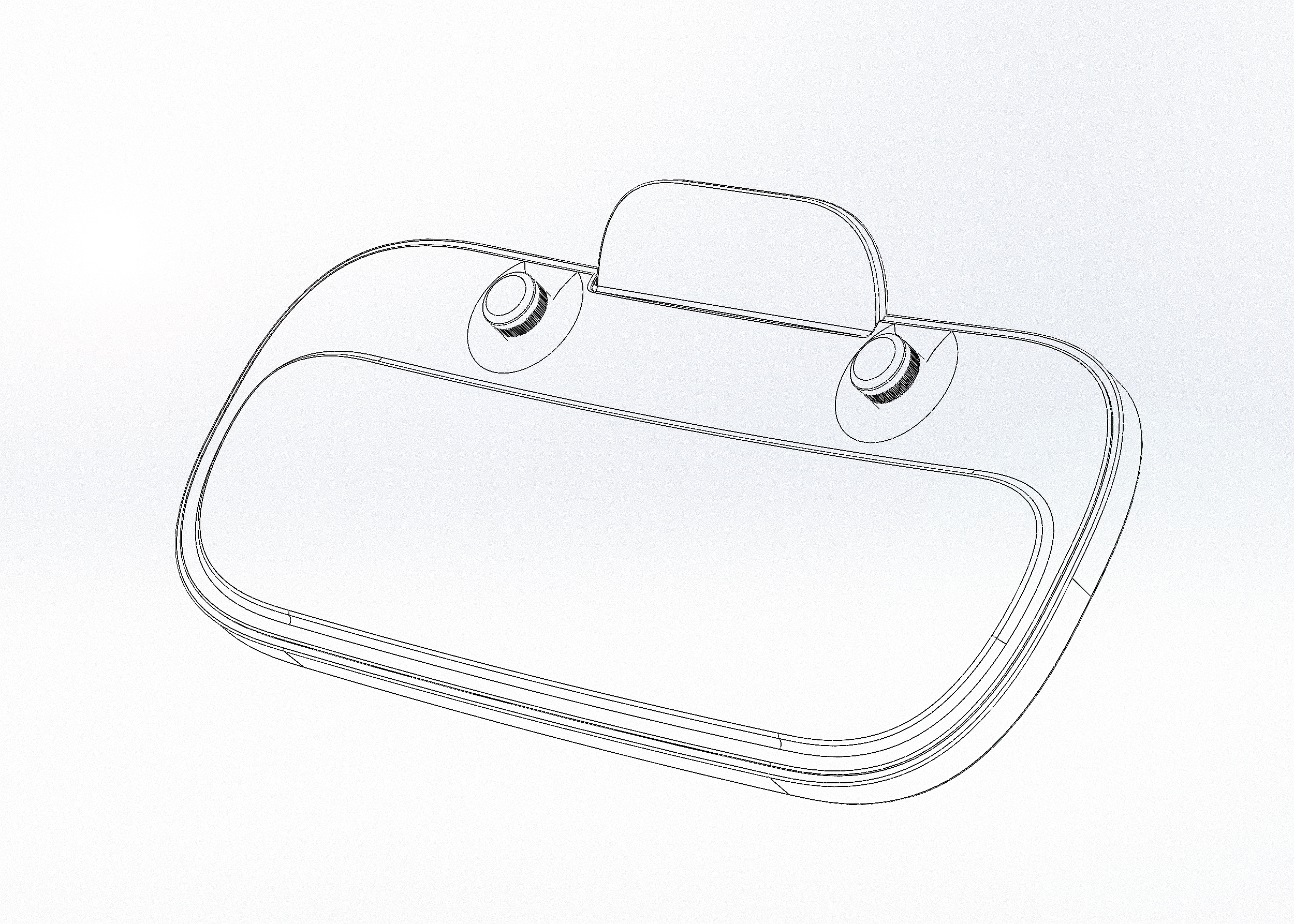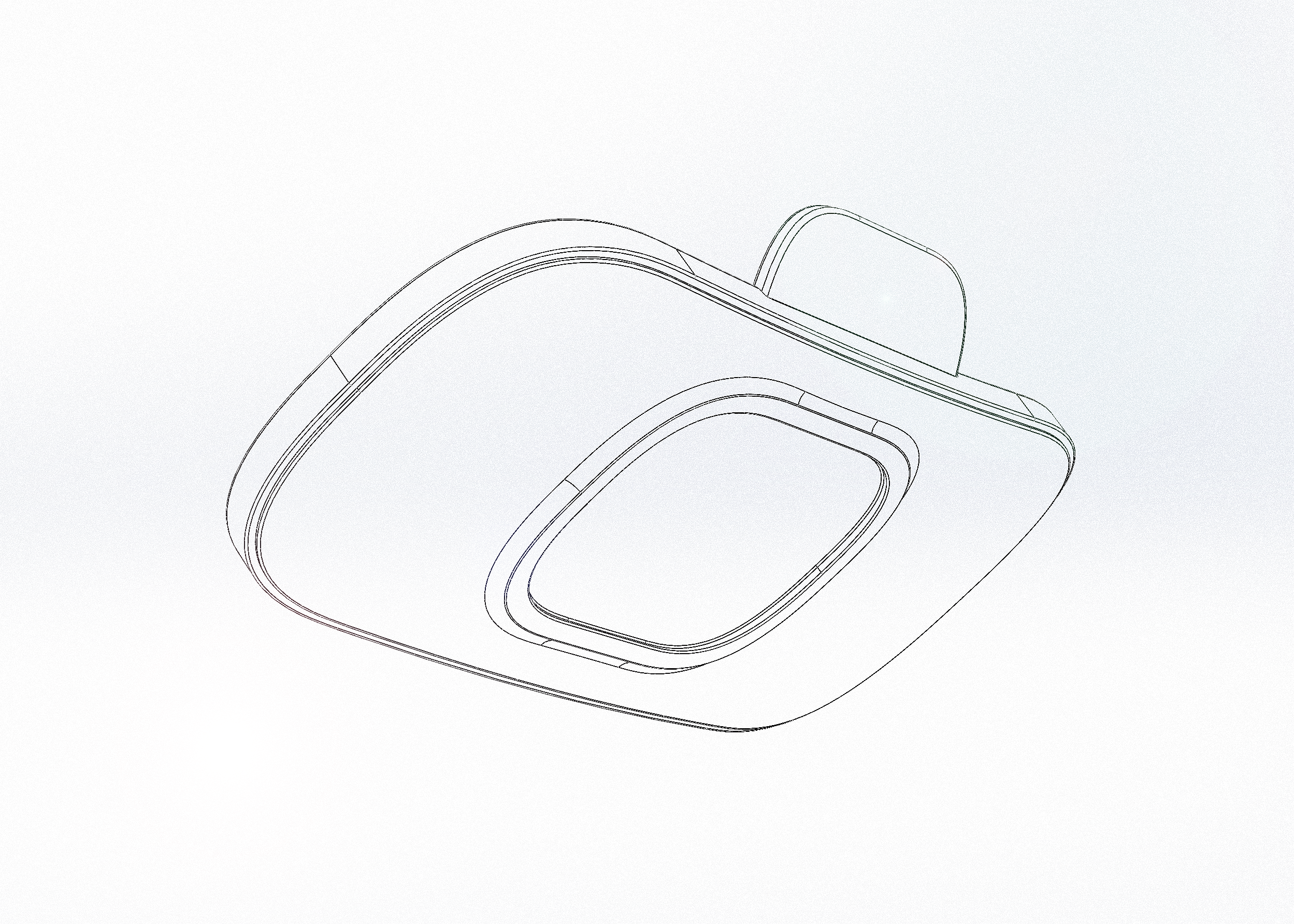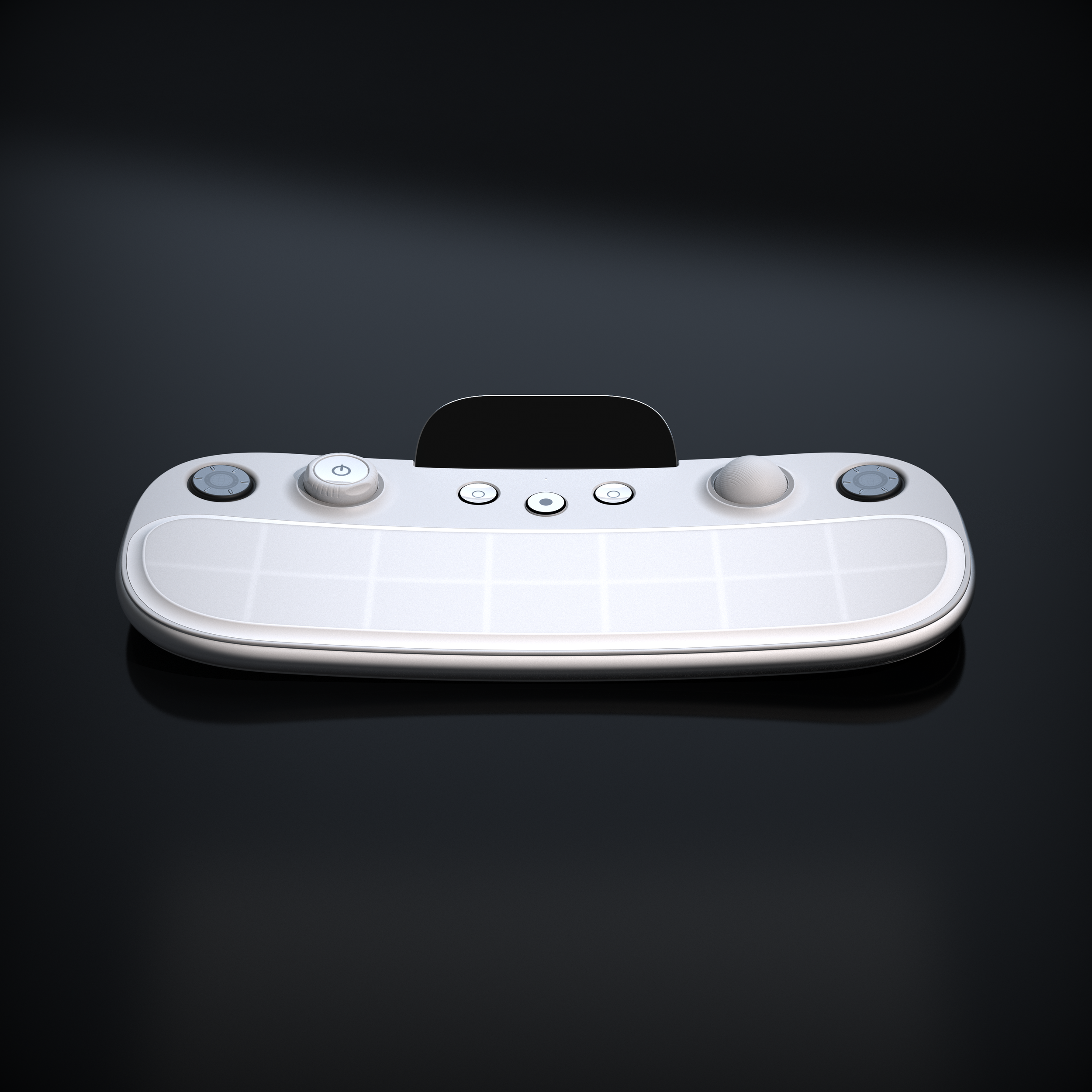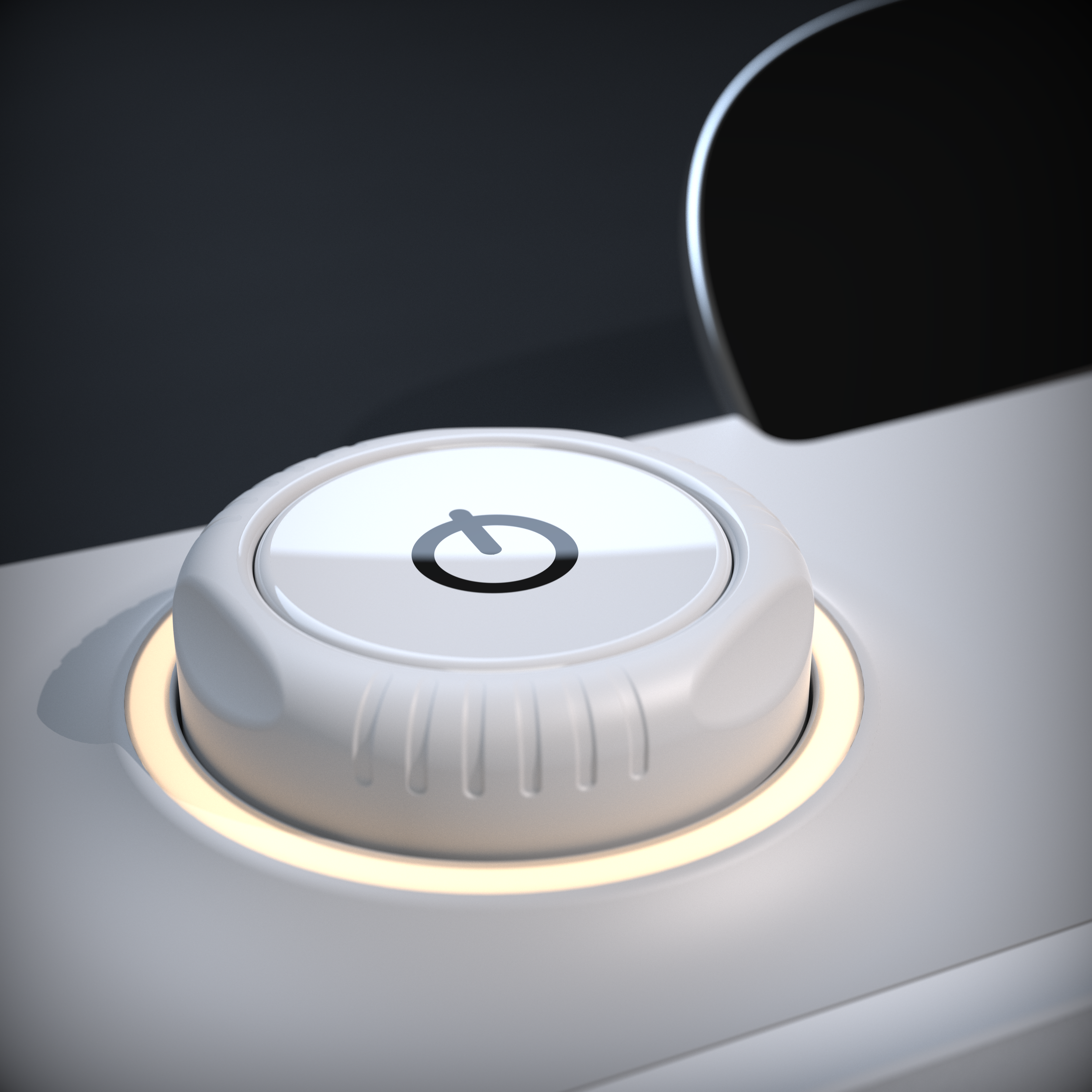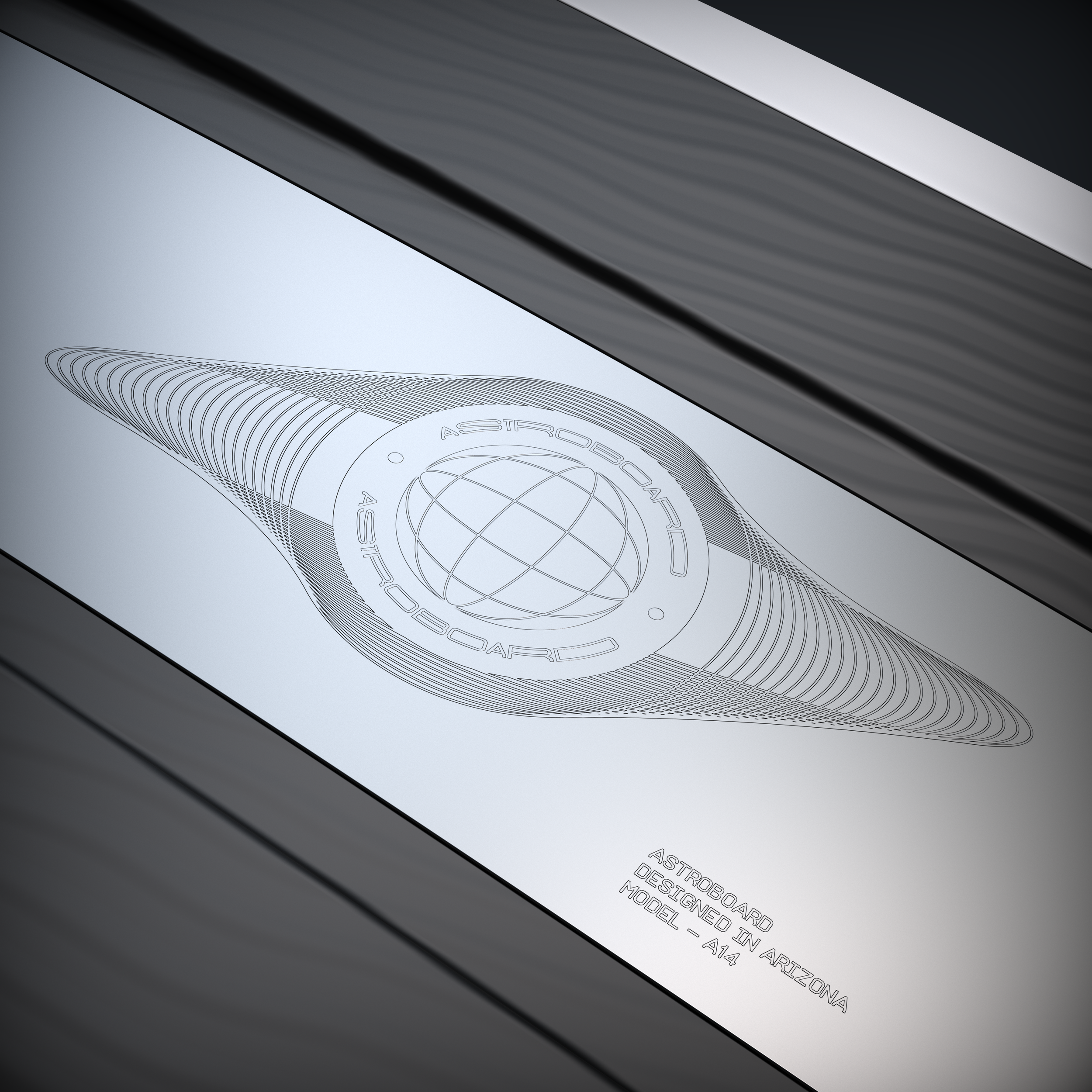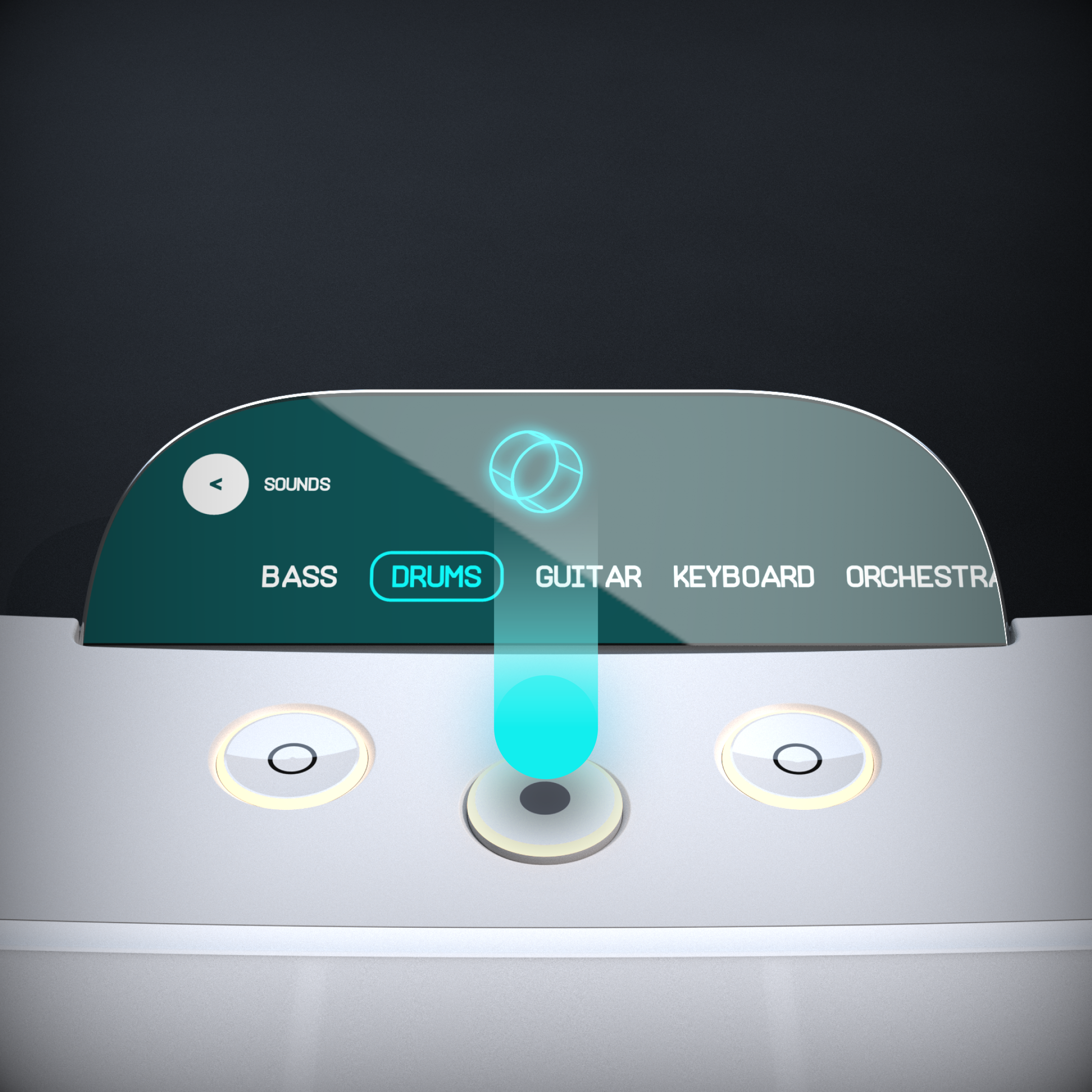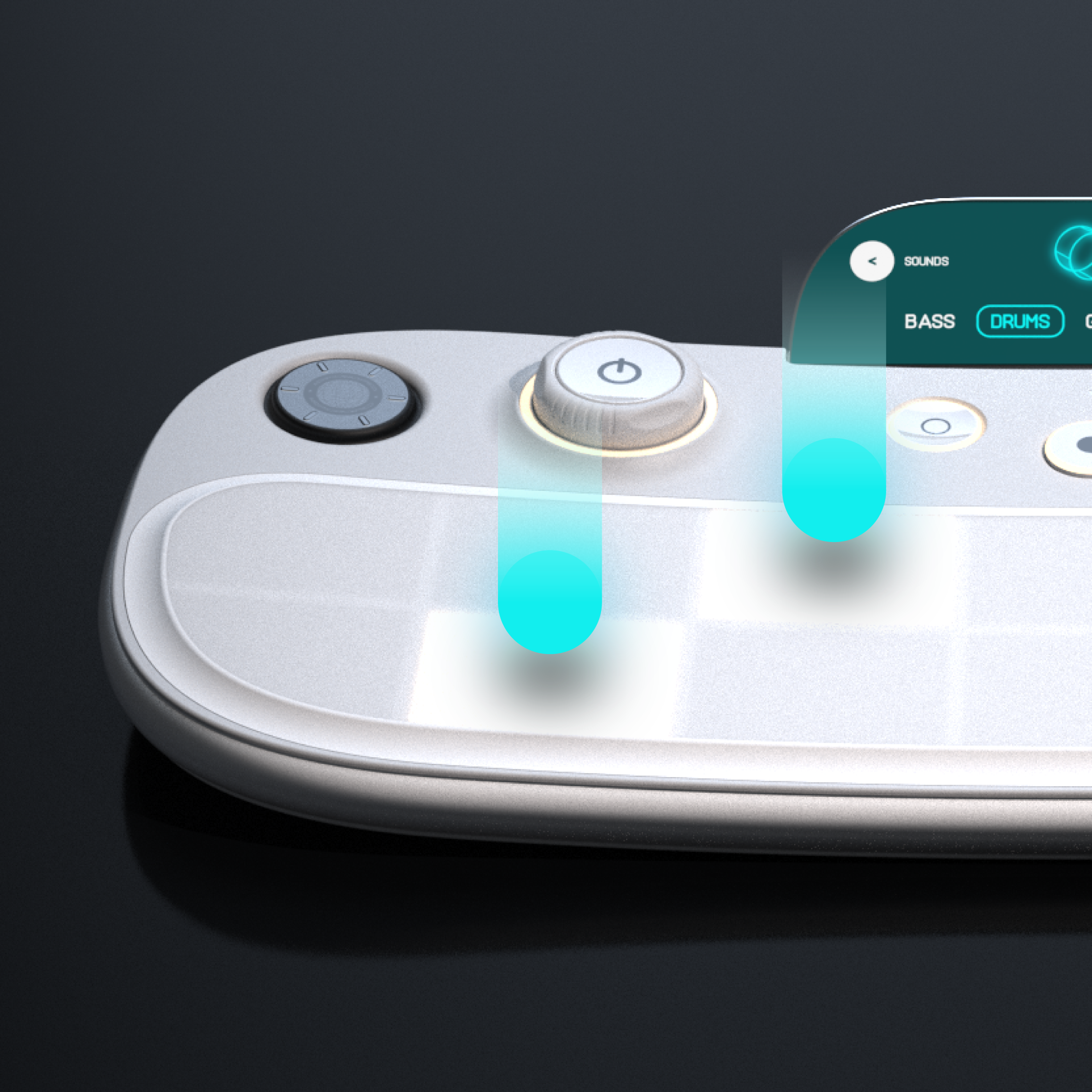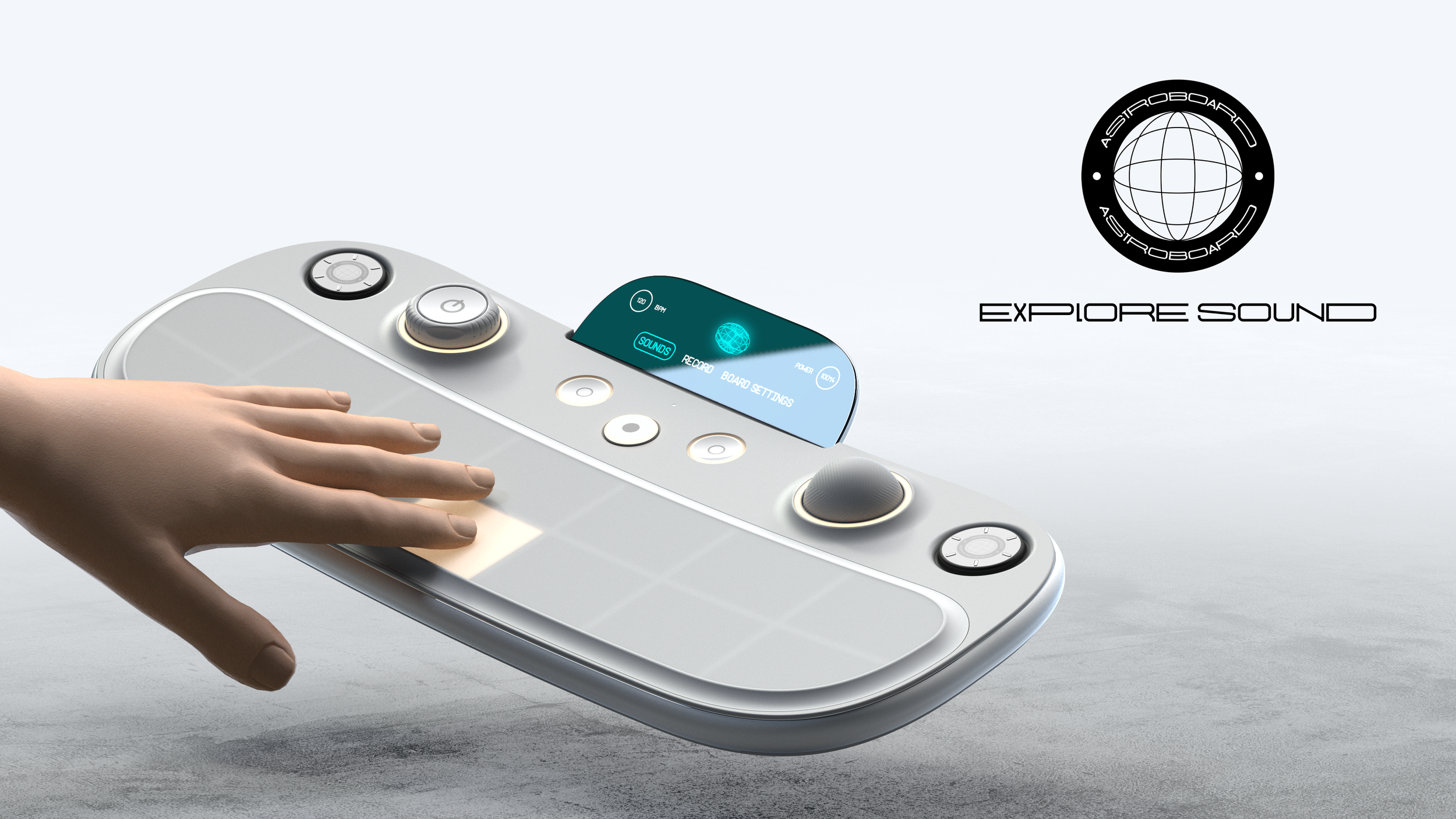ASTROBOARD
DIGITAL MUSIC SYNTHESIZER
THREE QUARTERS SEMESTER PROJECT — SPRING 2023
DESIGN EXCELLENCE AWARD WINNER
Astroboard is a Design Excellence Award winner, awarded at Arizona State University in Spring 2023 by The Design School/ Herberger Institute for Design and the Arts.
Problem?
Current products (Synthesizers/MIDI Keyboards) on the market are:
Made for professionals in the music industry
Require external software
Lack innovation, are aesthetically dull, and go off the idea that more is more
via: Korg, Alesis, Worlde, Akai
Inspiration
via: Teenage Engineering
The main inspiration started with a fun portable synthesizer and audio recorder, OP-1 by Teenage Engineering. I wanted to have the same base as the OP-1, (as it followed the same principles I wanted in Astroboard) fun, portable, to learn and explore, and intuitively playable by almost anyone.
I wanted to visualize how this (Astroboard) synthesizer could look and function in the future while having a familiarity with the traditional keyboard layout but without any traditional boundaries that come with it.
I collected all the information about keyboards, digital and analog, traditional and technological, and then imagined if these products never existed.
Research Question
Synthesizers/Midi keyboards are designed for music professionals, how can you design a brand-new keyboard experience for everyone that still has familiarity without any traditional boundaries?
Ideations/Brainstorming
Playfulness, friendliness, and intuitiveness were three of the main aspects during ideation. Then, further brainstorming was done for the chosen design.
initial cad progress
Here, the overall design is 40% done, but I realized some aspects were still not innovative enough, specifically the 2 knobs on top of the board for controlling the interface.
cad progress 2
Here, I introduced a multifunctional dial for basic functions like turning on/off the board and changing the volume and a sphere tracker for main interaction with the interface. After this iteration, I needed to make the board more stable from the bottom as it is curved and further make the board ergonomic to hold without any sharp edges.
cad progress 3
Here, the final design is 80% finished. The overall body is much more rounded at the corners, has better stability, and introduces many other details like flat woofer speakers, speaker air ports for a natural sound, and connection ports.
Common Argument
A common argument I recognized is that why not just use Garageband which comes on an iPhone or other software on smartphones?
I would argue that touchscreens on smartphones are two-dimensional, they do not allow for a hands-on experience or kinesthetic learning.
Astroboard uses “Dimensional Touch”
“Dimensional Touch” is a design philosophy where every surface the user touches is 3-Dimensional. Whether that be the “Multifunctional Dial”, the “Sphere Tracker”, or the “Pressure-Sensitive Flexible Keyboard” play surface.
Final Design
USB-C | 3.5mm High-Res Headphone Jack
32-Bit High-Res Distortionless Stereo Drivers
Speaker Air Ports for natural sound reproduction
Anti-Reflective OLED Display | High Clarity Condenser Microphone | Selection/Home Button | Secondary Buttons (concave)
“Sphere Tracker” creates a unique experience and intuitively helps control the user interface while providing a bigger margin of error for individuals with fine motor challenges.
Power Button | Volume Dial (with accessible flat surfaces)
Illuminated pressure-sensitive 14-key flexible silicone/rubber keyboard
Removable rubberized groove for stability
Storyboard
Power On
Select Sounds
Scroll Through Instruments
Select Instrument
Start Playing

